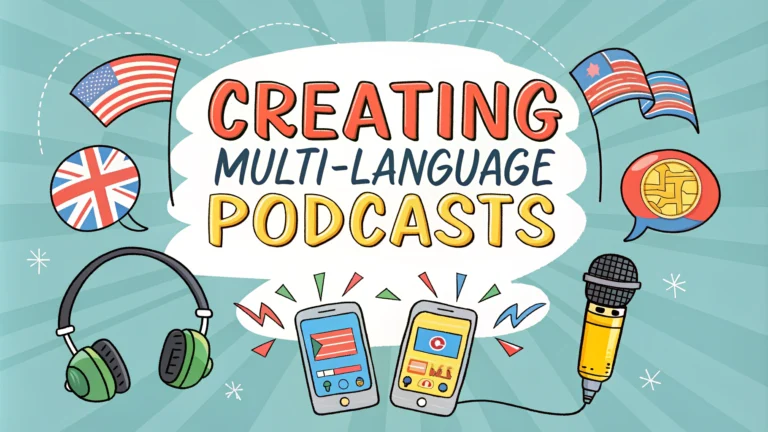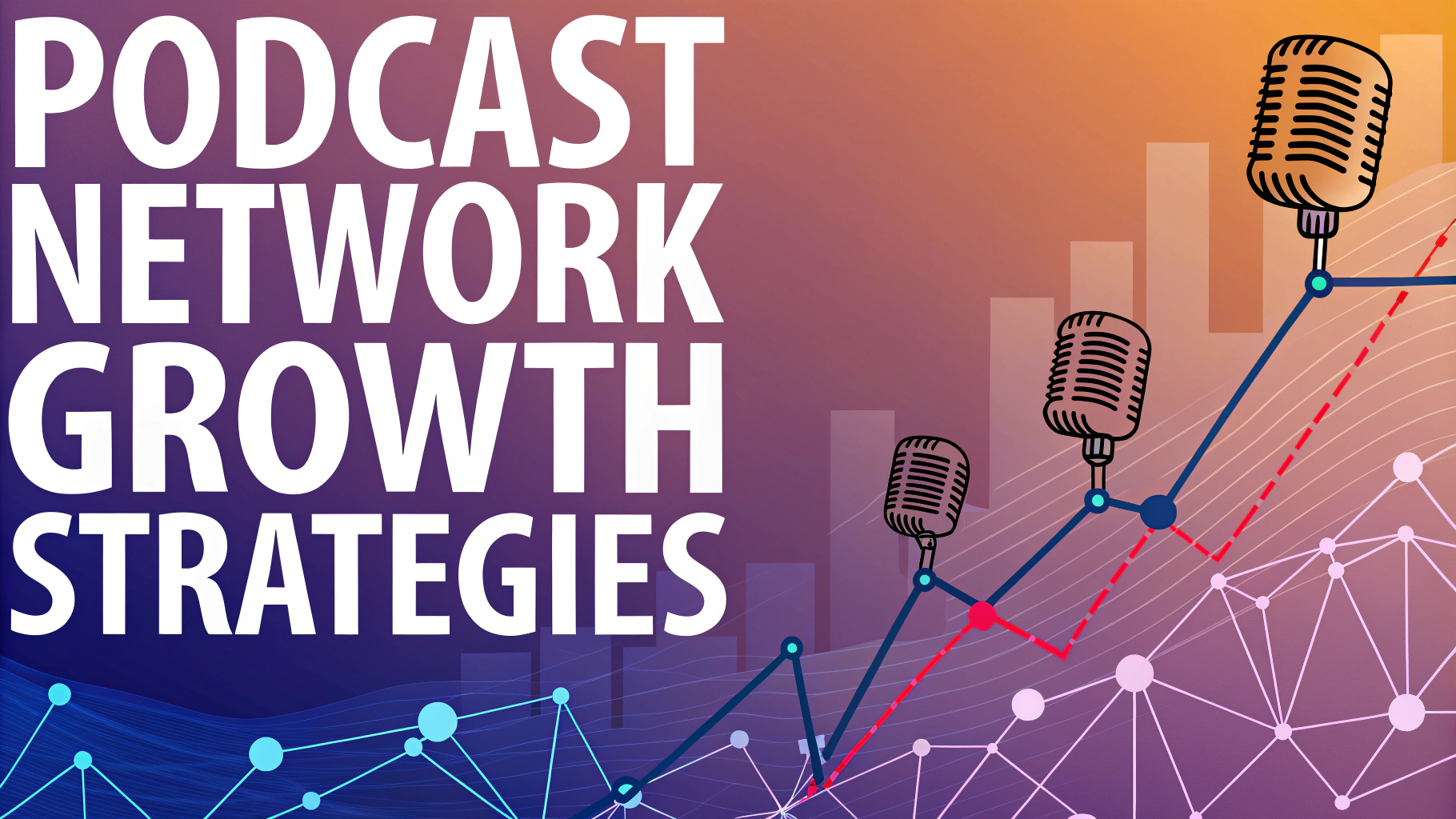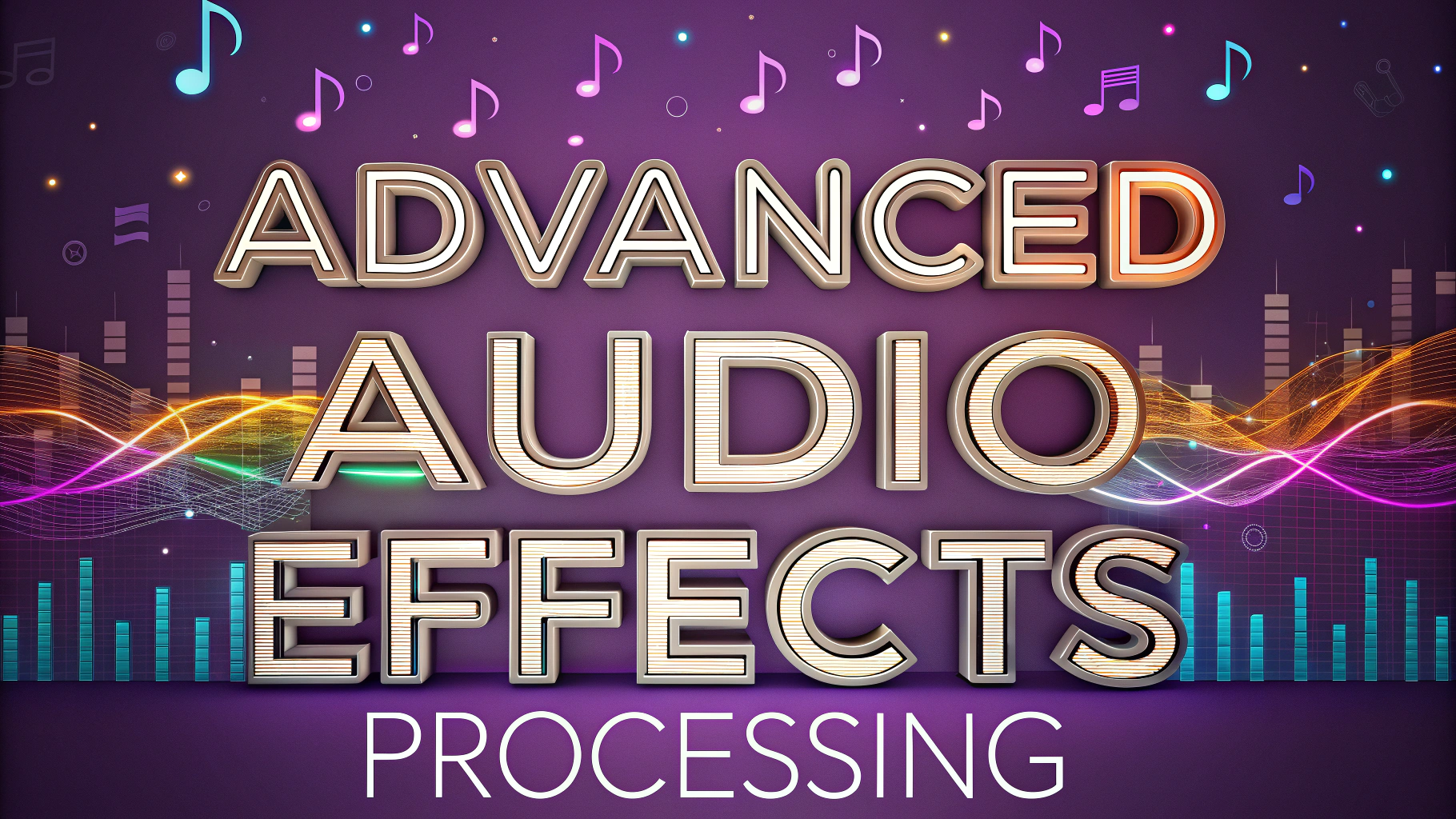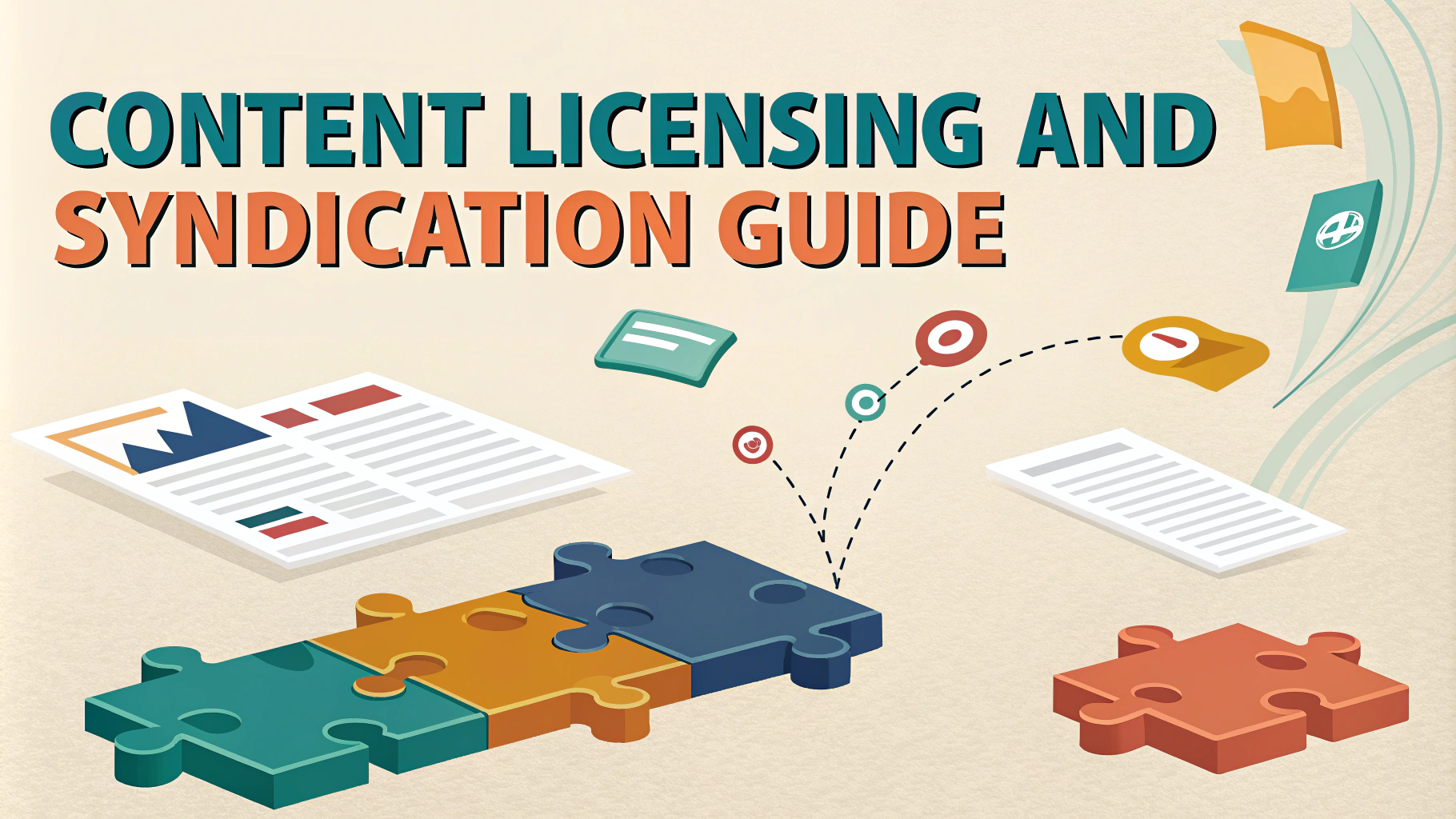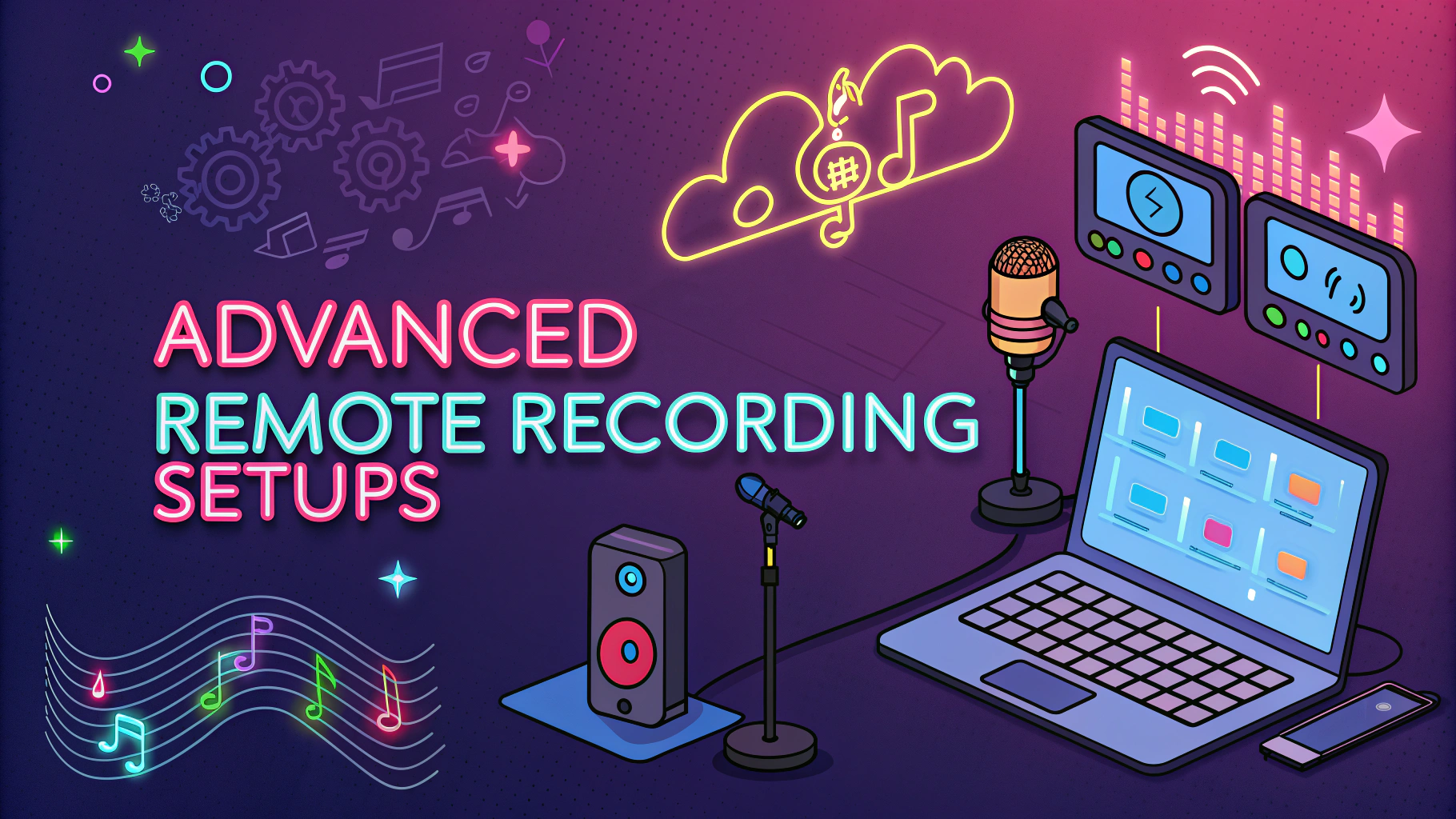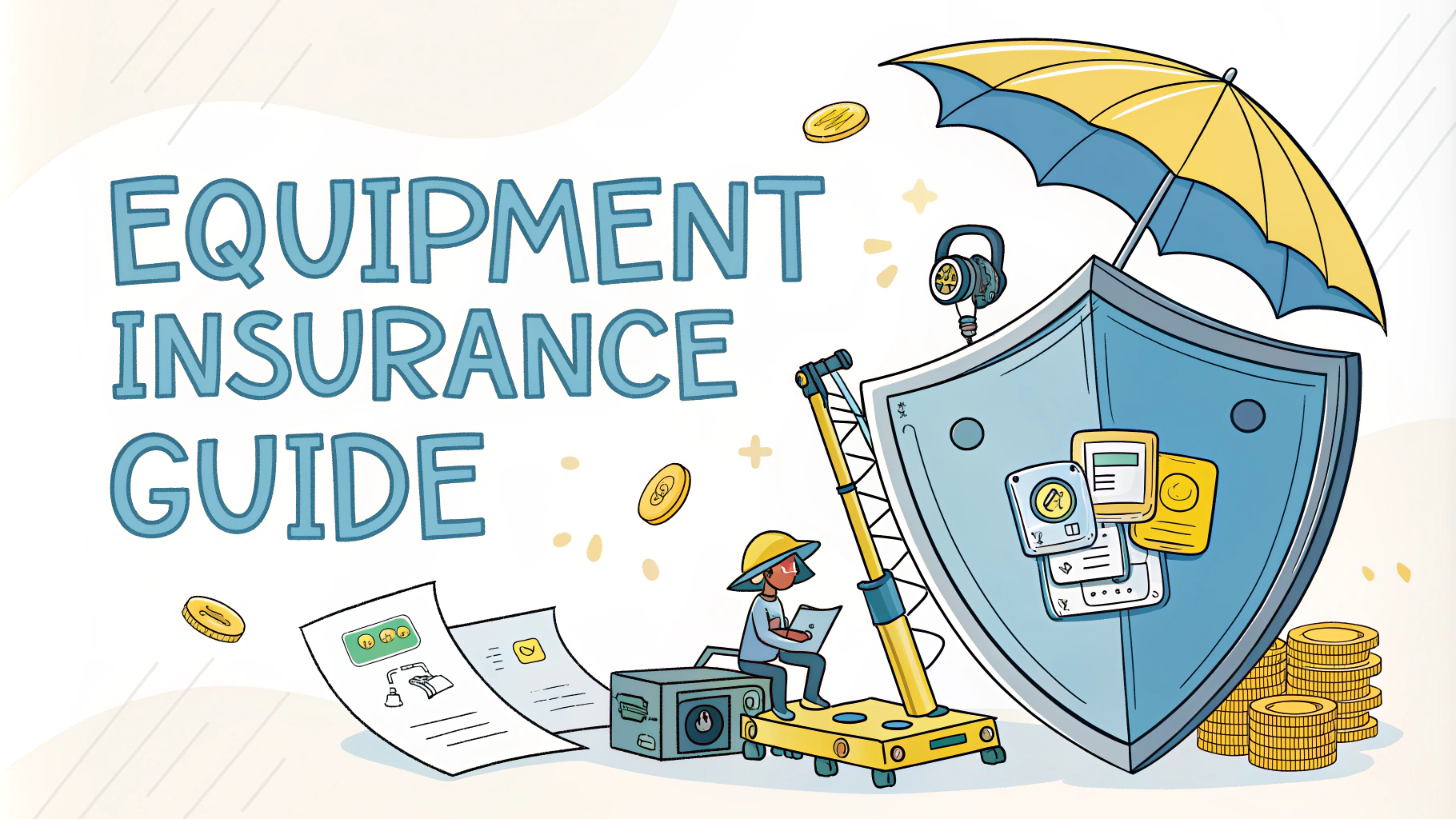Multi-language podcasting opens new opportunities to reach global audiences and connect with listeners across different cultures and regions.
By creating content in multiple languages, podcasters can significantly expand their reach while building deeper connections with international communities.
This guide walks through the essential steps and best practices for producing high-quality podcasts in multiple languages.
Planning Your Multi-Language Podcast
Select target languages based on your audience demographics and market research.
- Research potential audience size in each language market
- Consider cultural nuances and regional preferences
- Evaluate competition in target language markets
- Assess available resources and budget for translations
Translation Methods
Choose between these common approaches for creating multi-language content:
- Full Translation: Create separate episodes in each language
- Voice-Over: Keep original audio at low volume with translated overlay
- Subtitles: Add translated captions for video podcasts
- Transcription: Provide written translations of episodes
Recording Equipment and Software
Invest in quality equipment to ensure professional sound across all language versions:
- Professional microphone (Shure SM7B or Blue Yeti recommended)
- Audio interface (Focusrite Scarlett 2i2)
- Recording software (Adobe Audition, Audacity, or GarageBand)
- Translation management tools (Trint, Rev, or MemoQ)
Working with Translators
Partner with native speakers who understand podcast content creation.
- Find translators through platforms like ProZ.com or TranslatorsCafe
- Ensure translators understand your podcast’s tone and style
- Create style guides for consistency across languages
- Schedule regular review sessions for quality control
Distribution Strategy
Optimize your podcast distribution for international audiences:
- Use hosting platforms that support multiple languages (Libsyn, Buzzsprout)
- Create separate RSS feeds for each language
- Submit to region-specific podcast directories
- Implement language-specific metadata and tags
Marketing Across Languages
Develop targeted marketing strategies for each language market:
- Create social media profiles in target languages
- Partner with influencers in specific language markets
- Use region-specific hashtags and keywords
- Engage with listeners in their native language
Technical Considerations
Address these technical aspects for smooth multi-language delivery:
- Use Unicode encoding for multiple character sets
- Implement language selection options on your website
- Test audio quality across different playback devices
- Monitor analytics for each language version
Next Steps for Growth
Start with one additional language and scale gradually based on success metrics.
- Monitor engagement rates per language
- Gather feedback from international listeners
- Adjust content strategy based on performance data
- Build relationships with local podcast communities
Building Community Engagement
Foster active participation across language communities:
- Create language-specific social media groups
- Host virtual meetups for different language audiences
- Encourage listener submissions and feedback
- Develop collaborative episodes with international creators
Quality Assurance Process
Implement robust quality checks for all language versions:
- Establish review protocols for translations
- Conduct regular audio quality assessments
- Test content accessibility across platforms
- Gather feedback from native speakers
Monetization Strategies
Develop revenue streams tailored to each market:
- Research regional advertising opportunities
- Adjust pricing for market-specific premium content
- Create language-specific merchandise
- Partner with local brands and sponsors
Scaling Your Global Podcast Impact
Success in multi-language podcasting requires dedication to quality, cultural sensitivity, and consistent engagement with diverse audiences. Focus on gradual expansion while maintaining high standards across all language versions. By following these guidelines and continuously adapting to audience feedback, you can build a truly global podcast presence that resonates with listeners worldwide.
- Document successful strategies for future expansion
- Build a network of international podcast collaborators
- Stay updated on global podcasting trends
- Invest in ongoing team training and development
FAQs
- What equipment do I need for recording a multi-language podcast?
A high-quality microphone (like Blue Yeti or Shure SM7B), audio interface, headphones, and a digital audio workstation (DAW) software for recording and editing are essential. - How do I structure a multi-language podcast episode?
You can either create separate episodes in different languages, use alternating segments, or provide consecutive translations of each segment within the same episode. - Should I use native speakers for different language versions?
Yes, using native speakers ensures proper pronunciation, cultural context, and authenticity that resonates with target audiences in different languages. - What are the best practices for audio quality across different languages?
Maintain consistent volume levels, use noise reduction, ensure clear pronunciation, and record in acoustically treated spaces regardless of the language being recorded. - How do I handle SEO for multi-language podcast episodes?
Create separate RSS feeds for each language, use language-specific metadata, and include appropriate language tags in your podcast hosting platform. - What’s the best way to promote a multi-language podcast?
Utilize language-specific social media channels, engage with communities in each target language, and optimize descriptions for different regional podcast directories. - How do I manage episode timestamps for different language versions?
Use chapter markers or time stamps in show notes for each language segment, and maintain consistent formatting across all language versions. - What are the legal considerations for multi-language podcasting?
Ensure music licensing covers international usage, obtain proper translation rights if adapting copyrighted content, and comply with broadcasting regulations in target countries. - How should I handle cultural references in different languages?
Adapt cultural references to be relevant to each language audience, or provide additional context when direct translation isn’t possible. - What platforms are best for hosting multi-language podcasts?
Use platforms like Anchor, Libsyn, or Buzzsprout that support multiple RSS feeds and have good international CDN coverage for global distribution.
